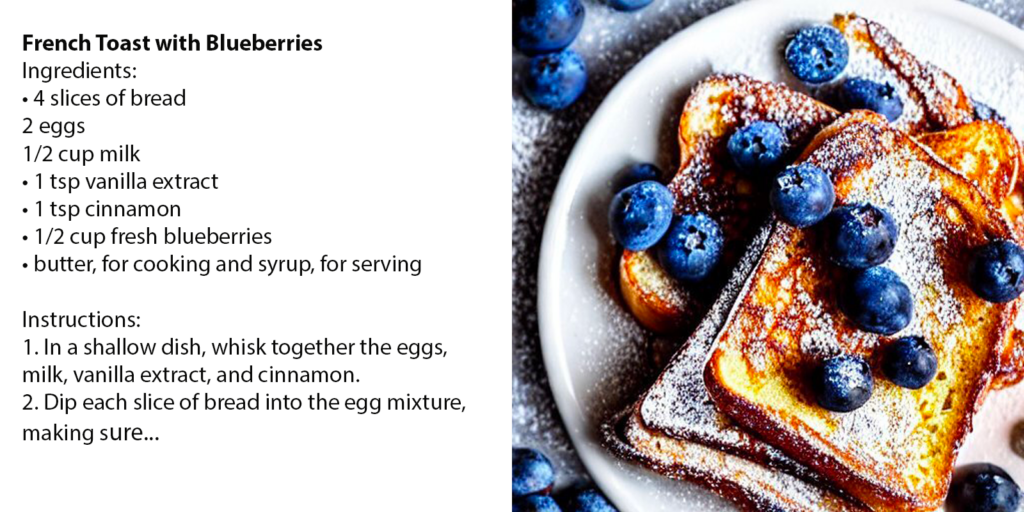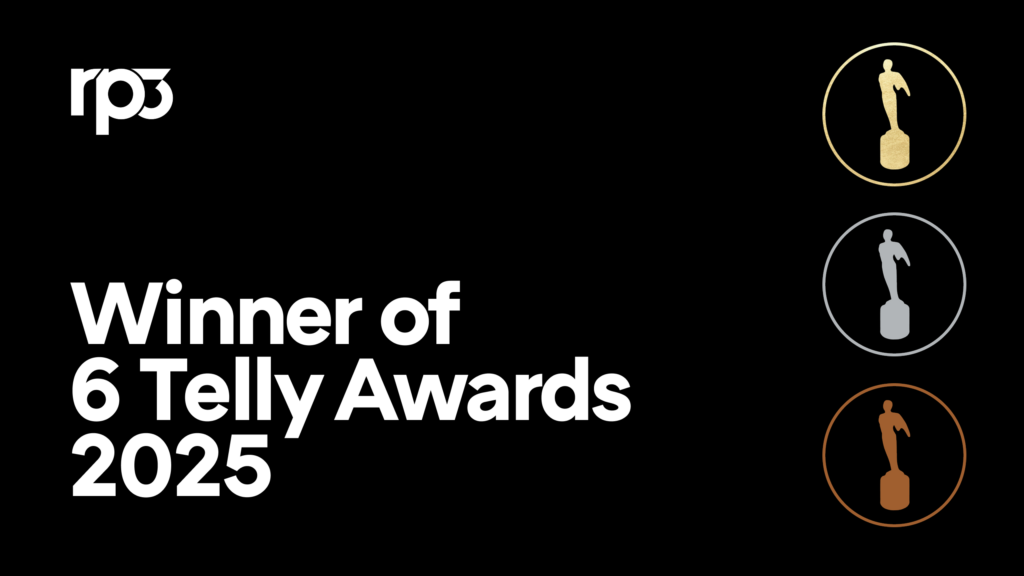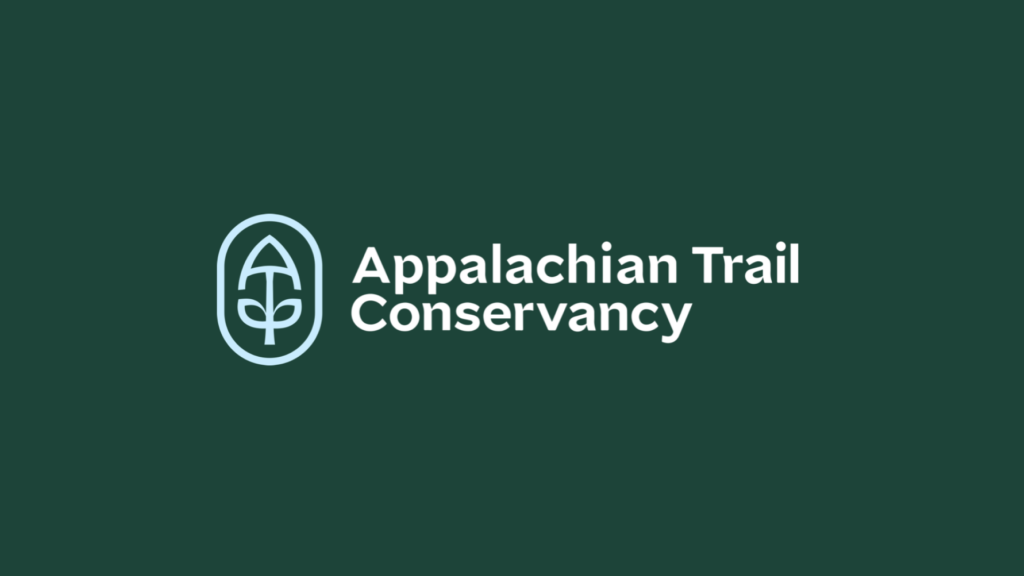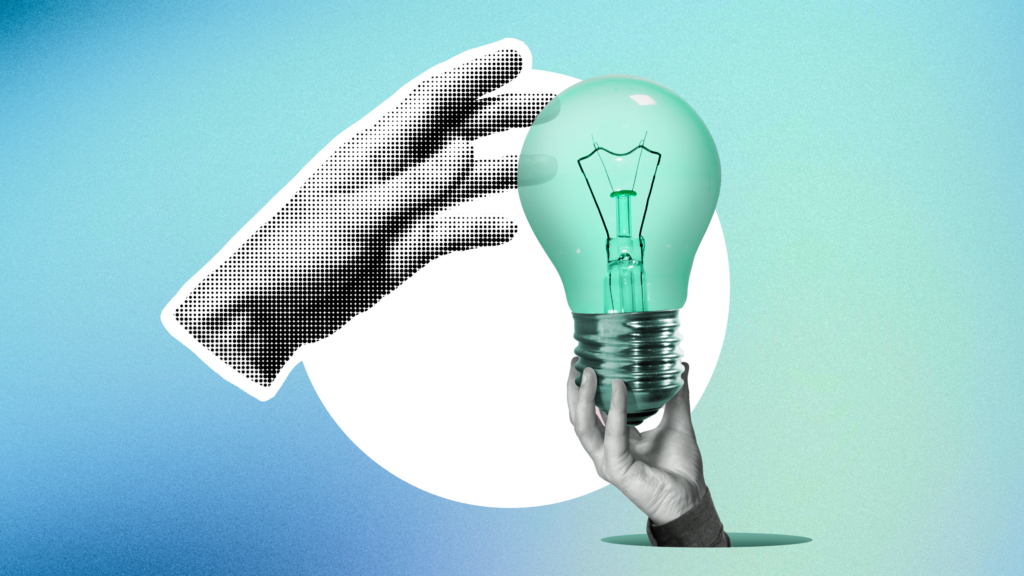
AI And The Age of Artificial Creativity
Please see the full article in MediaPost | Jan 6, 2023
If Artificial Intelligence describes a computer’s ability to acquire and utilize knowledge, Artificial Creativity could describe its ability to generate new ideas and perhaps make meaningful art.
That technology appears on the horizon like a train approaching the advertising business at 250 mph. We’re standing on the tracks and wondering what to make of it. We’re wondering about:
- What becomes of creative jobs?
- How do brands and agencies harness AI for creative expression?
- What are the tools we can use to make it work?
All fair questions. Let’s take them one at a time.
What Becomes of Creative Roles?
We tend to measure the success of AI in terms of how well it can mimic a human. The problem is that conversation goes straight to how robots will eventually replace people.
Theorists who announce the deaths of things in light of new technology often think that technology runs counter to creative expression. In his The Work of Art in the Age of Mechanical Reproduction, Walter Benjamin described creativity as having an aura which degrades when a work of art is mechanically reproduced.
In the 20th century, technology greatly advanced a photographer’s ability to represent ideas and tell stories. It did not replace painters. In fact, cameras spurred new art movements such as Impressionism, Cubism, Abstract Expressionism and Surrealism.
Now, the kinds of things that AI is capable of generating seem like completely new and original works of art. They’re not perfect, but they signal progress. AI is a powerful tool that makes human ingenuity more efficient, accessible, and affordable.

Agencies are already taking the opportunity to shape new creative roles in anticipation of future workflows. Team One has used IBM Watson to write, cast and direct a film trailer. BBDO provides Stable Diffusion to its creatives.
New roles might emerge for AI Coders, AI Designers, AI Strategists, and Chief AI Officers. We need these roles to ensure AI is used in a creative, strategic and responsible manner.
How Do Brands and Agencies Harness AI For Creative Expression?
One way creative brands can accelerate brainstorming is to incorporate AI into their workflow: synthesizing images and connecting ideas into a storyboard are part of the process. Visual thinking with AI unlocks new ways to see the world around us.
With generative art, there’s a playful science to tweaking inputs to produce desired results, similar to entering keywords in a search engine. The process feels magical, because prompt writing for AI feels new and formulas can cast spells from relatively simple inputs.
Chances are you’ve already seen Artificial Creativity and not realized it. Sports websites and apps use AI to write game recaps. Food bloggers publish AI recipes. The World Health Organization used an AI influencer to spread information about Covid safety.

Digital services stand to gain the most. E-commerce platforms meet audiences where they are, with greater context and experiences that adapt to a user’s specific needs and behaviors. AI can optimize customer service channels.
What Tools Do We Need?
Freely available tools put content creators on the cusp of rendering complex visuals from simple text prompts. Researchers who are actively developing AI algorithms predict within a couple of years, we will be able to render 30fps, high-resolution video content in real time. Some video software tools even offer AI viewport editing features, allowing text-to-image and image-to-image replacement.
Design-led companies can use AI to validate their decisions. For example, EyeQuant offers a neural network that instantly shows how a person might visually interpret a design, with 90% accuracy compared to costly focus groups and real eye-tracking surveys.

Image generated using Midjourney. Prompt: A photorealistic 3d rendering of a modern home on a sunny, tree-lined street. Text generated using ChatGPT: Prompt: A real estate listing of a modern home.
Beyond image creation, writing tools like Jasper help marketing teams author blogs and social content. Chat with OpenAI can generate hypothetical scenarios and dialogue between multiple characters. In a few days since its public release, ChatGPT surpassed one million active users. It took Facebook nearly a year to reach that mark.
AI is being used to translate natural language into working code for simple websites and apps. Some companies are going so far as to build their own AI algorithms or incorporate AI into their applications. Banks have patented natural language processing methods in an effort to improve customer conversations and improve intelligent search algorithms, which all contribute to user experience.
Looking Ahead
Agencies should be excited for AI and its potential to help brands market themselves in more creative ways. But we can’t be blind about the possibilities and ethics.
There’s evidence that algorithms, if left unchecked, can be discriminative. That’s one reason why the Office of Science and Technology Policy has drafted an AI Bill of Rights, to give companies a blueprint for protecting ourselves from unchecked Artificial Intelligence. Ownership of data also presents new hurdles for content licensing.
At any singular moment, AI is only as meaningful as its data and how we manage it. Now more than ever, we need creatives who are trained in AI and who are eager to work in concert with it.
Let's make some good.
Drop us a line


